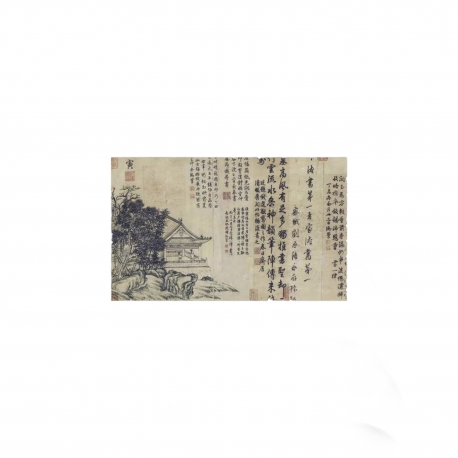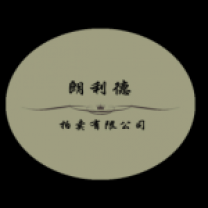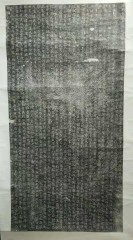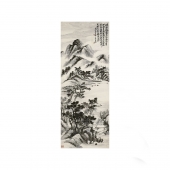仿王羲之《 快雪时晴帖》
买家服务热线:
400-601-8111
(平台服务时间:周一到周五 9:00-17:00)
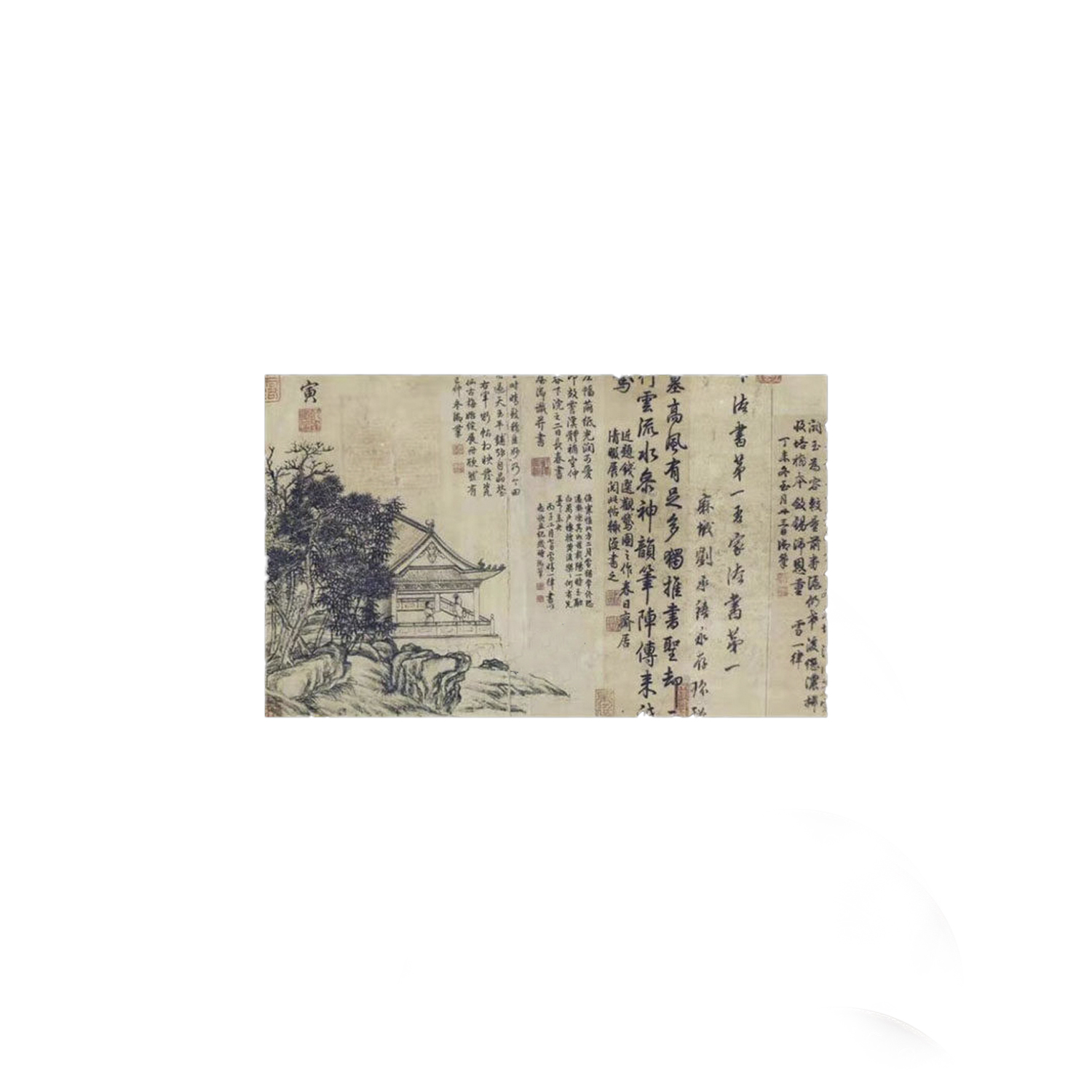
- 资质:
- 评分:
1分 2分 3分 4分 5分 6分 7分 8分 9分 10分 7分
- 印象:
- 经营时间:8年
- 展厅面积:490平米
- 地 区:四川-成都-其他
作品信息
作者信息
交易评论
本画廊其他作品
| 尺寸 | 100x60(cm) | 创作年代 | 不详 | ||
|---|---|---|---|---|---|
| 作品分类 | 国画 | 形制 | 软片 | 技法 | 设色 |
| 材质 | 纸本 | 题材 | 其它 | ||
| 作品标签 | |||||
| 适用空间 | |||||
作品介绍
王羲之(303—361,一说321—379),字逸少,东晋时期书法家,有“书圣”之称。琅琊临沂(今山东临沂)人,后迁会稽山阴(今浙江绍兴),晚年隐居剡县金庭。历任秘书郞、宁远将军、江州刺史,后为会稽内史,领右将军。其书法兼善隶、草、楷、行各体,精研体势,心摹手追,广采众长,备精诸体,冶于一炉,摆脱了汉魏笔风,自成一家,影响深远。风格平和自然,笔势委婉含蓄,遒美健秀。李志敏评价:“王羲之的书法既表现以老庄哲学为基础的简淡玄远,又表现以儒家的中庸之道为基础的冲和。”代表作《兰亭序》被誉为“天下第一行书”。在书法史上,他与其子王献之合称为“二王”。《快雪时晴帖》是王羲之的书法作品,以行书写成,纸本墨迹。帖纵23cm,横14.8cm ,行书四行,共二十八字。《快雪时晴帖》是一封书札,内容是:“羲之顿首。快雪时晴,佳。想安善。未果为结。力不次。王羲之顿首。山阴张侯。”这件书迹以圆笔藏锋为主,起笔与收笔,钩挑波撇都不露锋鍩,由横转竖也多为圆转的笔法,结体匀整安稳,显现气定神闲,不疾不徐的情态,明代鉴藏家詹导凤以“圆劲古雅 ,意致优闲逸裕,味之深不可测”形容它的特色,并且认为赵孟顺受到这件书迹的影响。不过王羲之内效沉潜,赵孟擷微有锋进外露,比较对幅赵孟順的题跋,可以得到这样的印象。
Wang Xizhi (303-361, 321-379), a calligrapher in the Eastern Jin Dynasty, was known as the "Book Sage". Langya Linyi (now Linyi, Shandong Province) moved to Huiji Shanyin (now Shaoxing, Zhejiang Province) and lived in seclusion in Jinting, Shanxian County in his later years. Successive secretaries, General Yong, General Ningyuan, and the assassination history of Jiangzhou, were later the internal history of the auditor, leading the right general. His calligraphy is good at Li, Cao, Kai and Xing, studying body posture carefully, imitating and pursuing hand by hand, widely collecting all the advantages, preparing all kinds of body, melting into one furnace, getting rid of the style of writing in Han and Wei Dynasties, and becoming a family of its own with far-reaching influence. The style is peaceful and natural, the style is euphemistic and implicit, beautiful and healthy. Li Zhimin commented: "Wang Xizhi's calligraphy is not only simple and profound based on Laozi and Zhuangzi philosophy, but also expresses the harmony based on the Confucian doctrine of the mean." The representative work Preface to Lanting is praised as the first line book in the world. In the history of calligraphy, he and his son Wang Xianzhi were called "two kings". "Clear Tie When Snow Fast" is Wang Xizhi's calligraphy work, written in lines and in paper ink. The posts are 23 cm in length, 14.8 cm in horizontal direction and four lines in line, totaling 28 words. "Clear Tie in Fast Snow" is a book, the content of which is: "The first of all. It's fine when it snows fast. Want to be good. No result comes to an end. No force. Wang Xizhi's sudden arrival. Shanyin Zhanghou." This handwriting is mainly round-pen Tibetan-edge, starting and closing, hook-picking and wave-skimming are not exposed Feng-chi, from the horizontal and vertical to the circular style of writing, the body is even and stable, showing calm and leisurely, not slow state of mind. Zhan Daofeng, a collector of the Ming Dynasty, described its characteristics as "round and elegant, leisurely, and unpredictable" and thought that Zhao Mengshun was influenced by this handwriting. Nevertheless, Wang Xinei's effectiveness is deep and deep, Zhao Mengxie's penetration and exposure can be compared with Zhao Mengshun's inscriptions and postscripts to get such an impression.
作者介绍
王羲之出生于公元303年

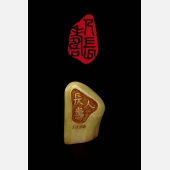 陈维廉
陈维廉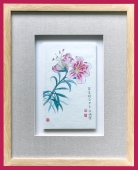 赵映璧
赵映璧 魏新
魏新
